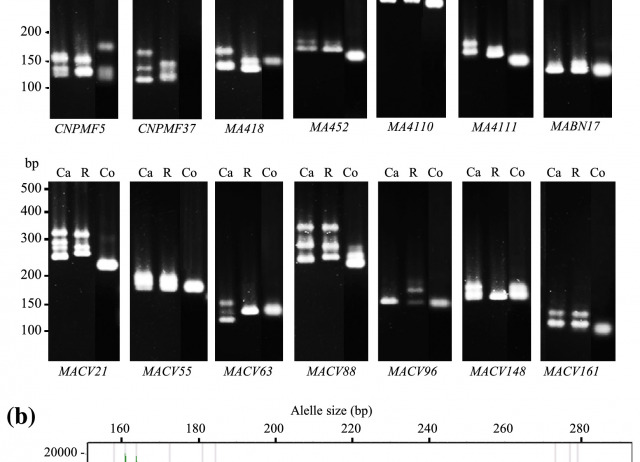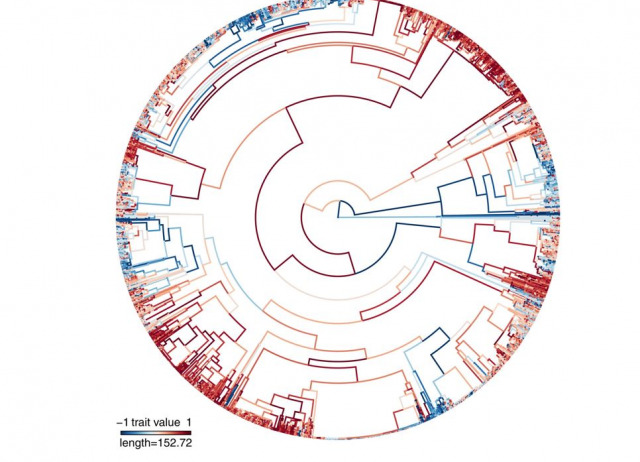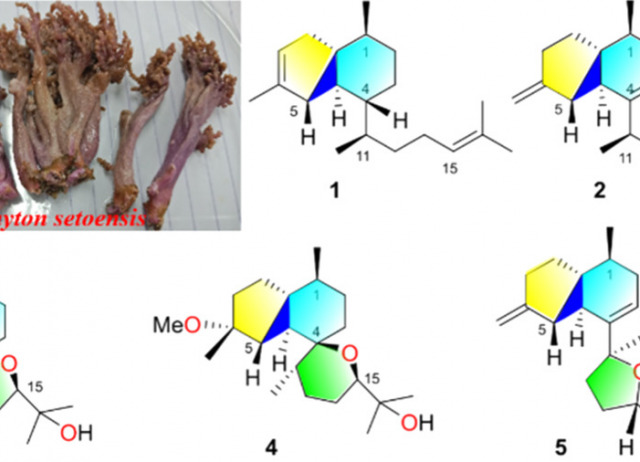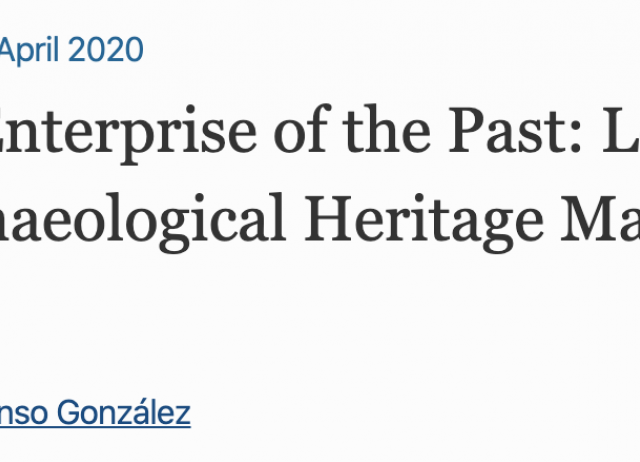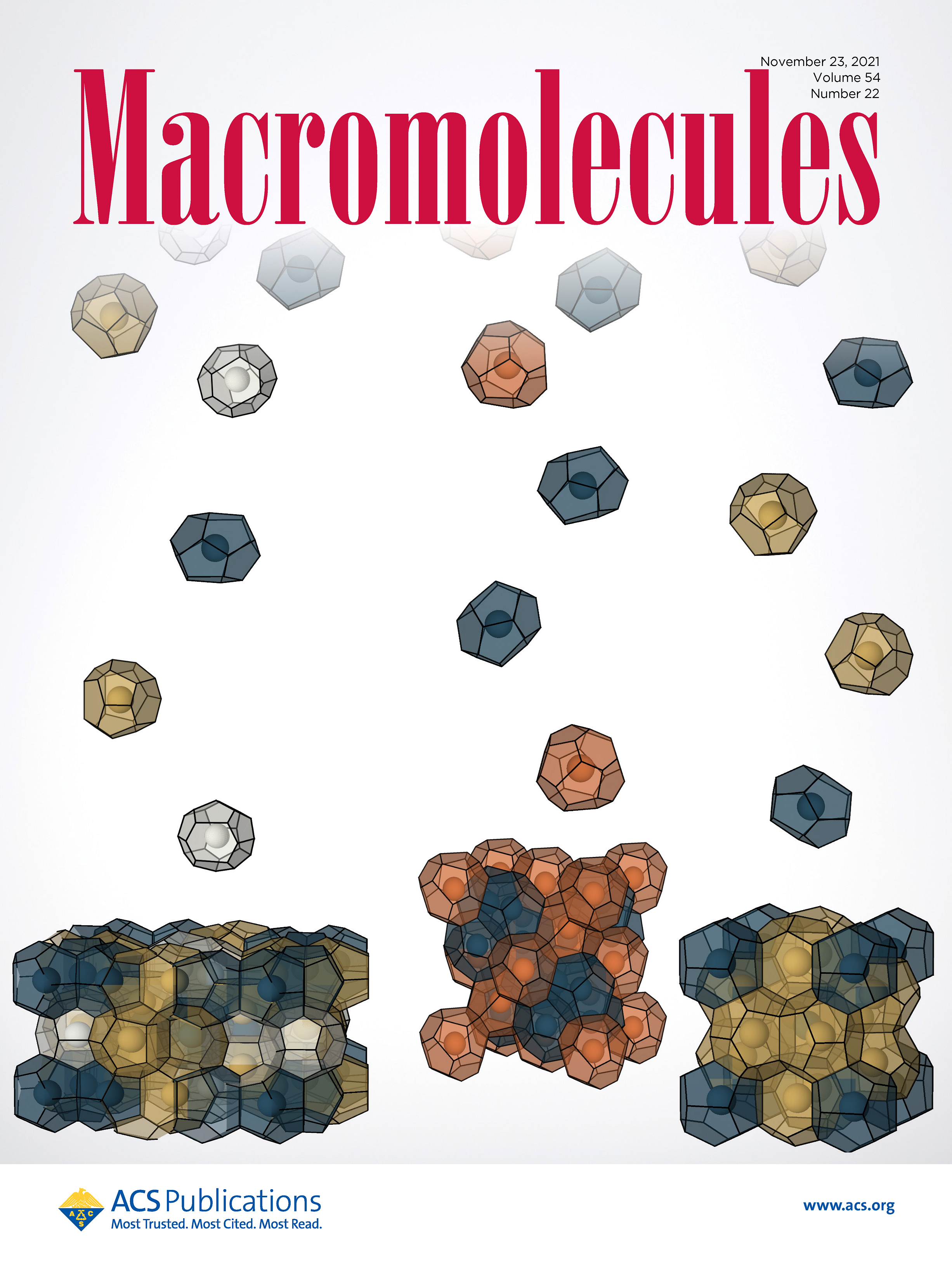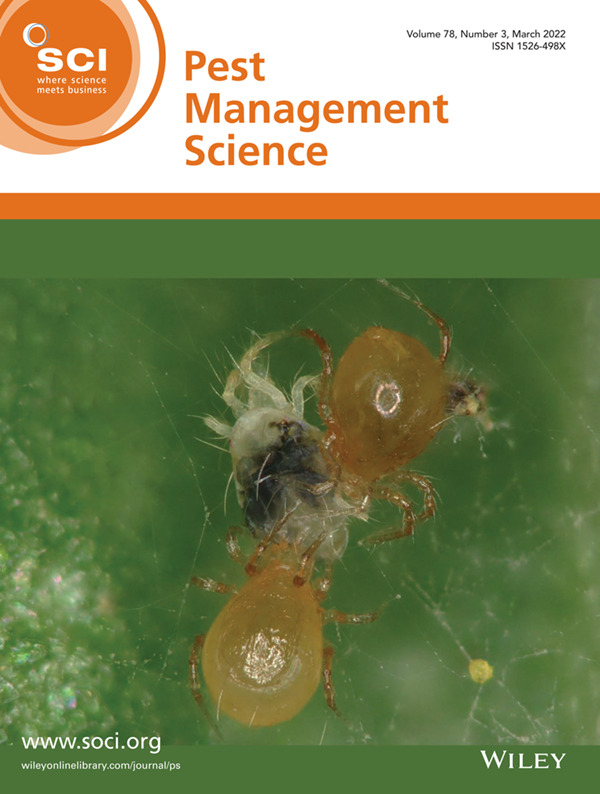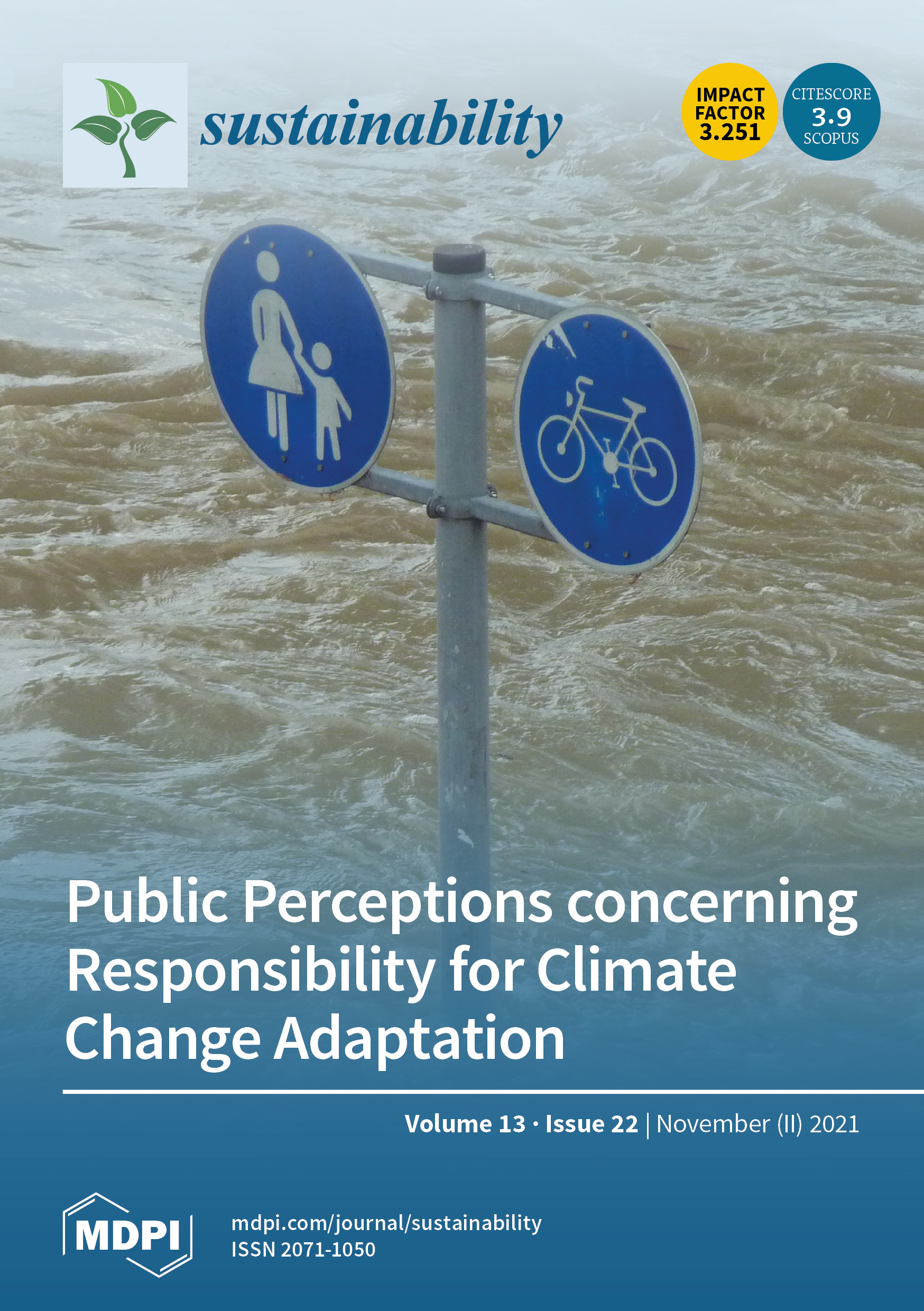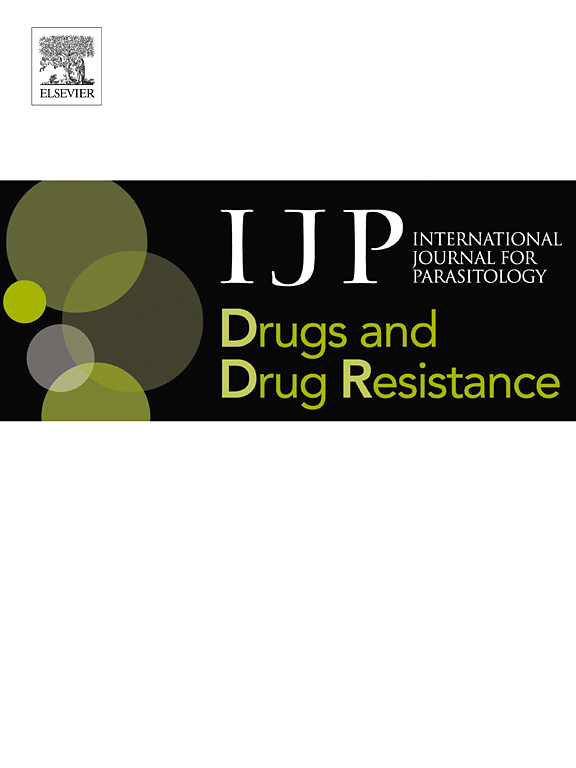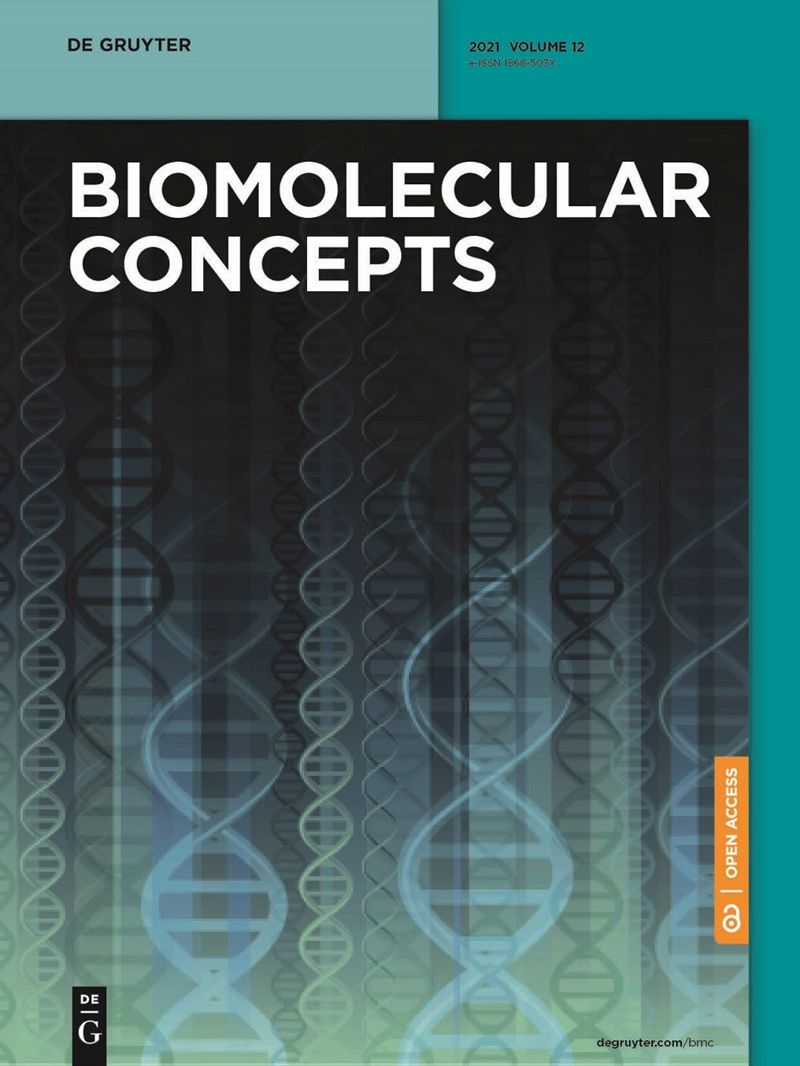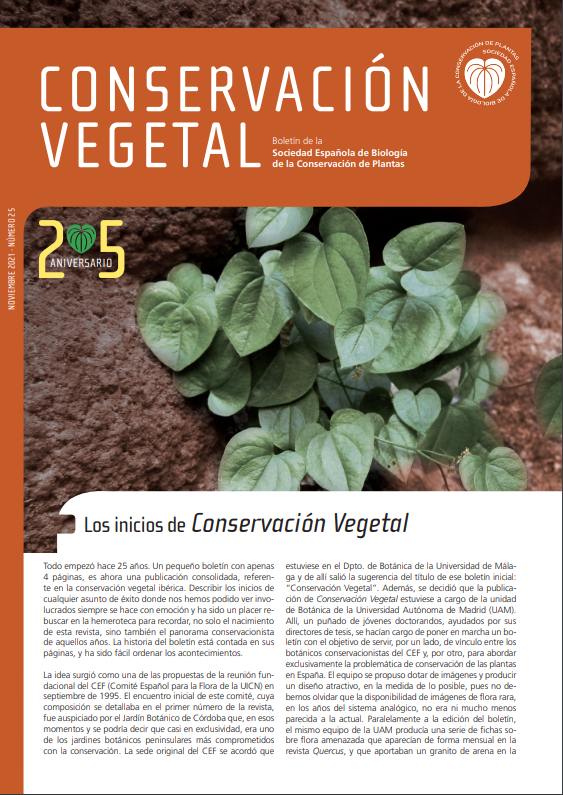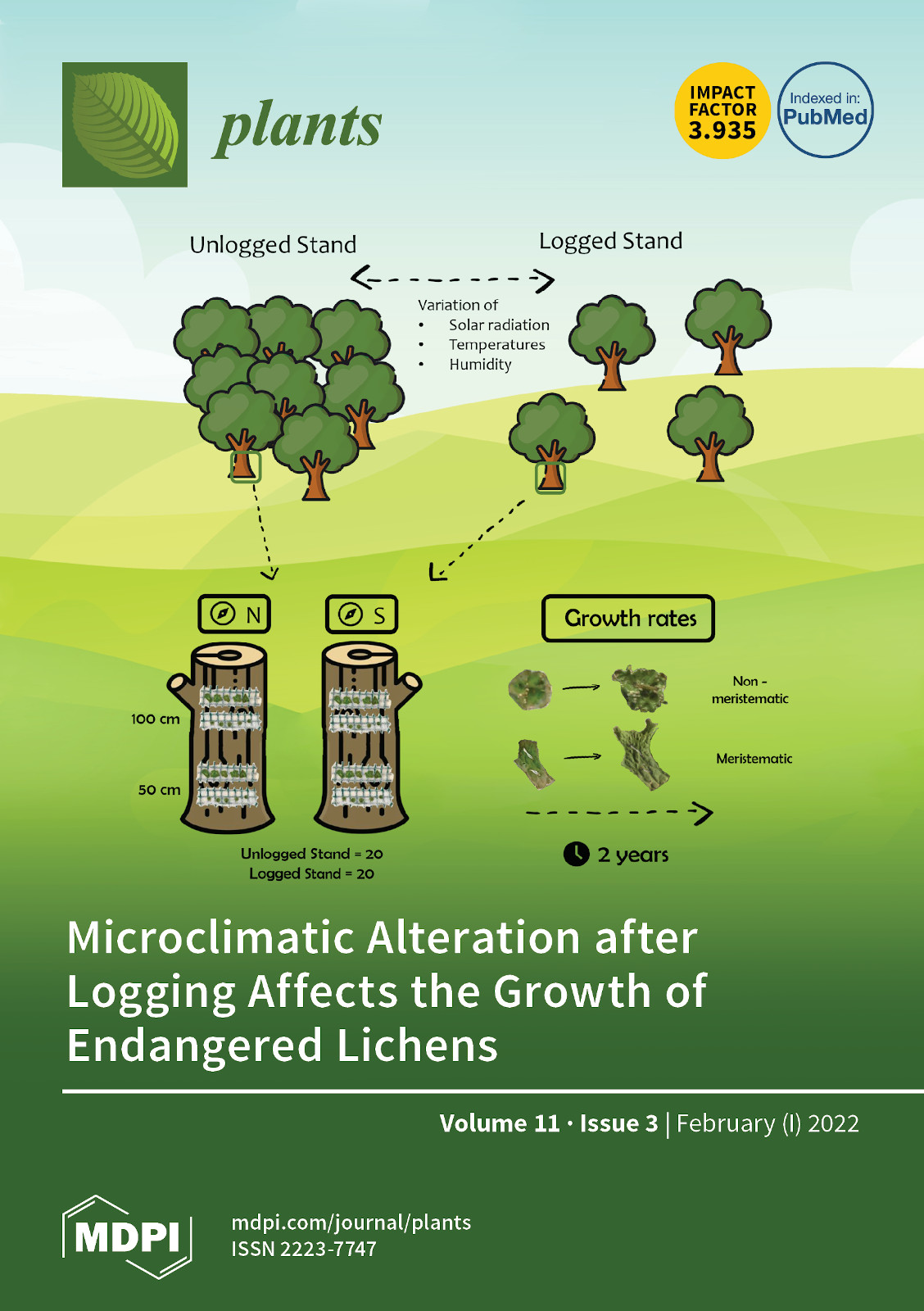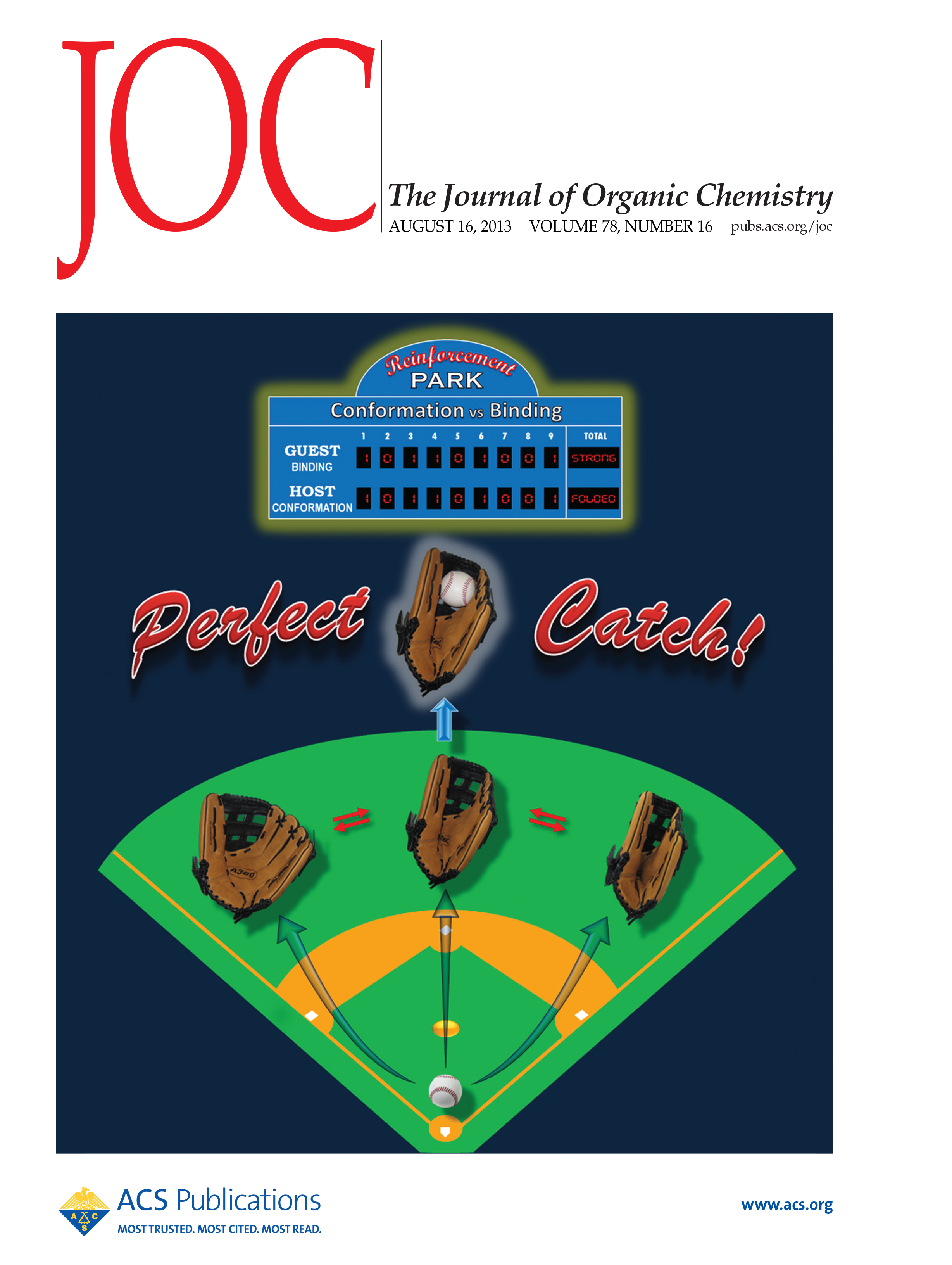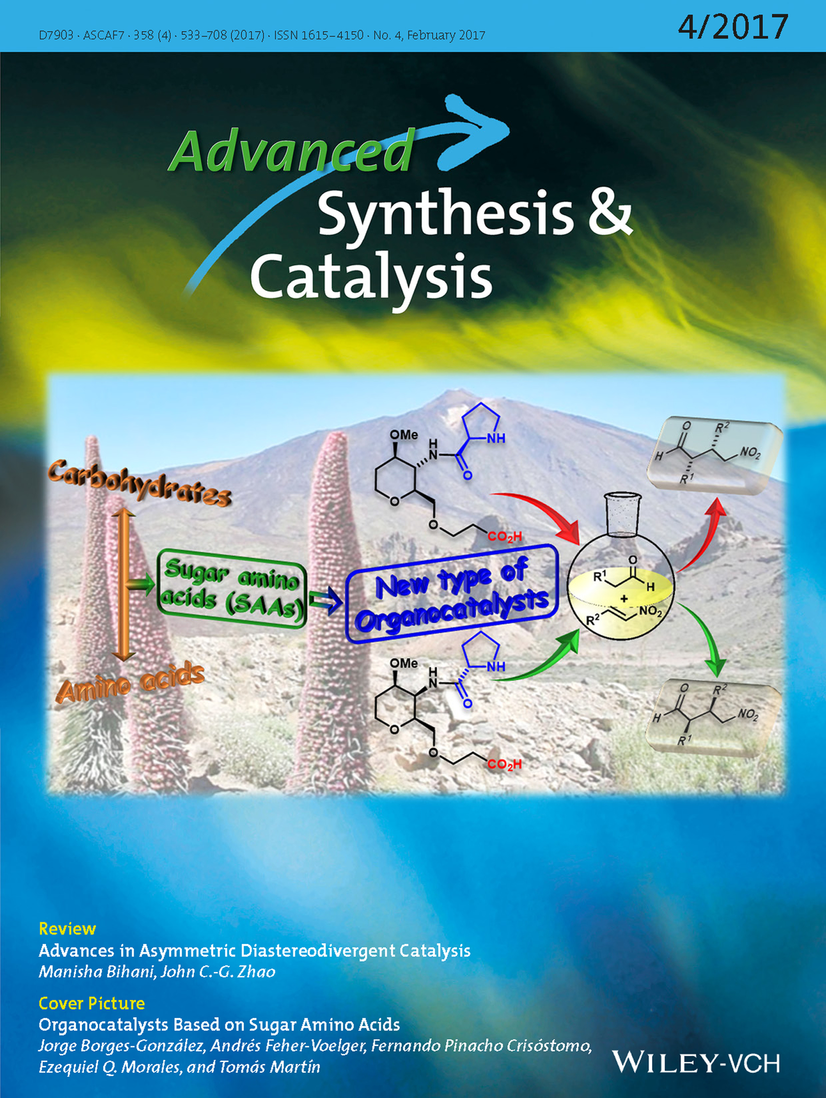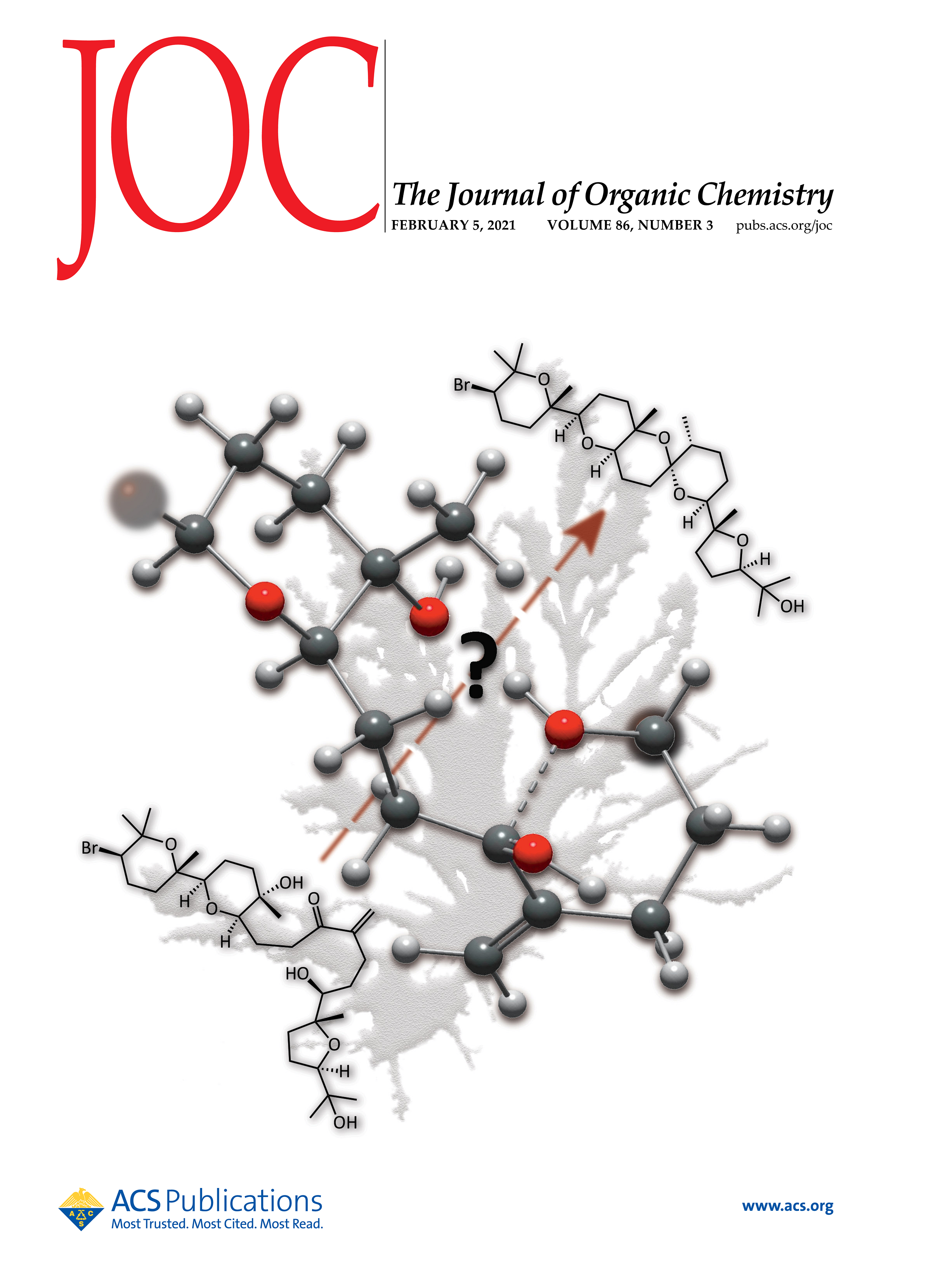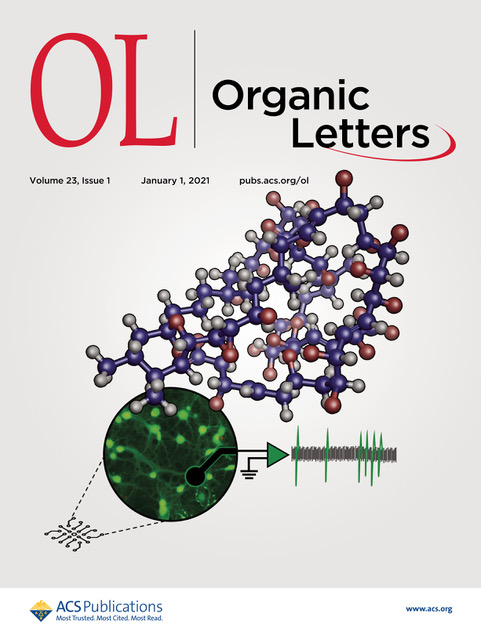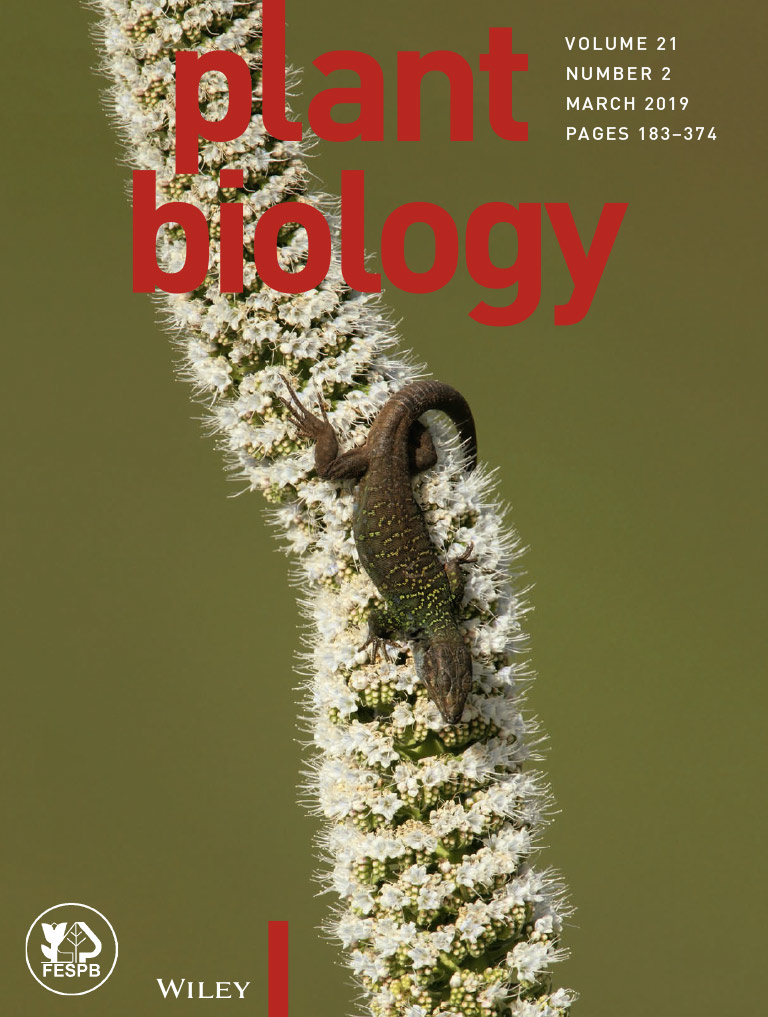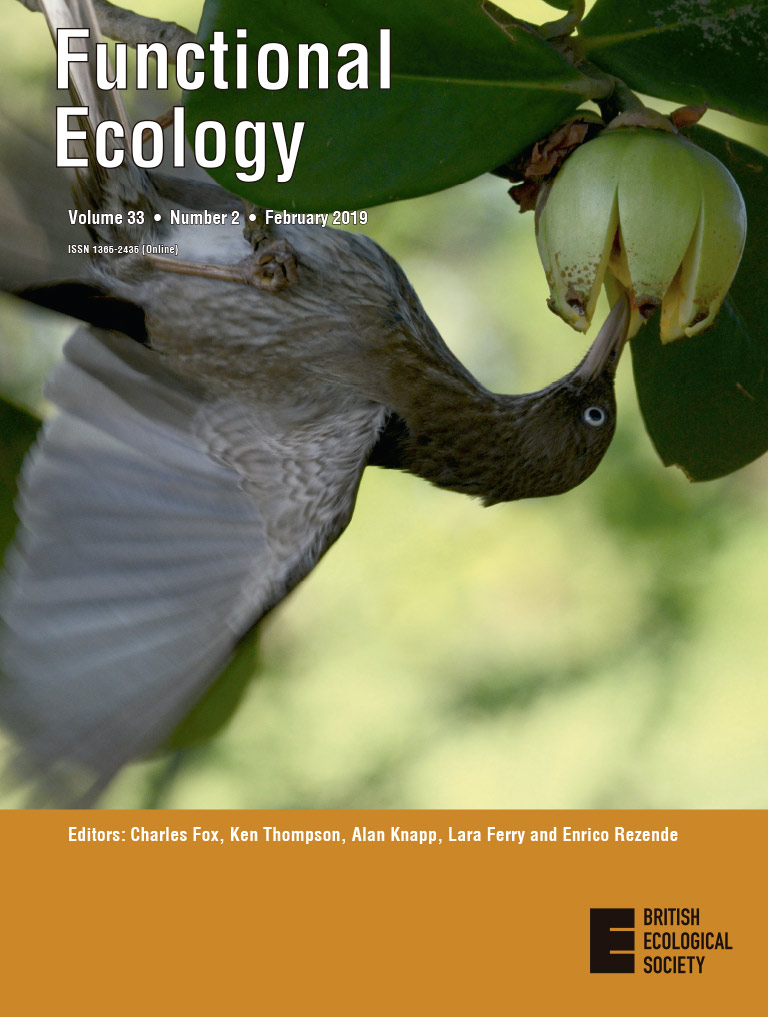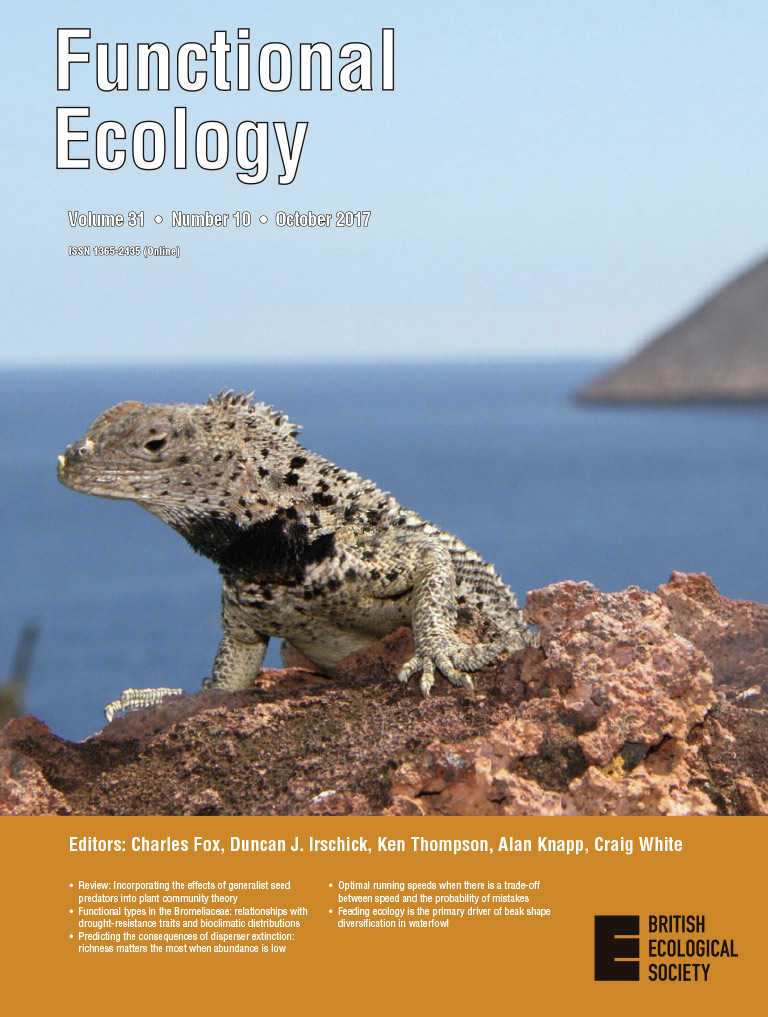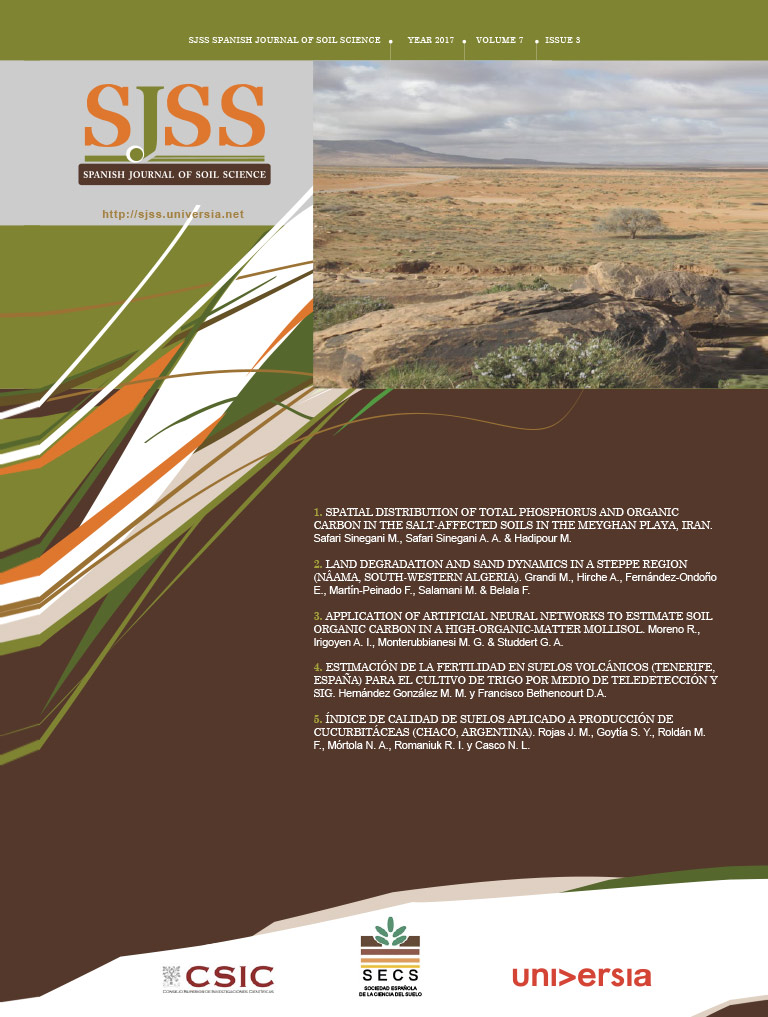Publicaciones
Esta sección incluye una lista de los últimos artículos científicos del IPNA publicados en revistas incluidas en el Science Citation Index (SCI).
En DIGITAL.CSIC, repositorio institucional del CSIC, pueden encontrar el listado completo de artículos científicos desde 1962, así como otras colecciones de interés como congresos, tesis, libros, material divulgativo, etc. del centro. El objetivo de DIGITAL.CSIC es organizar, preservar y difundir en acceso abierto los resultados de nuestra investigación.
En el repositorio institucional del CSIC, pueden encontrar el listado completo de artículos científicos, así como otras colecciones de interés como congresos, tesis, libros, material divulgativo, etc.
Análisis de la Producción Científica del IPNA 2014-2019: análisis bibliométrico realizado a partir de datos recogidos en Scopus y Web of Science.

Calidad del aire ambiente, inhalación de contaminantes y consultas en los servicios de urgencia
Rodríguez, Sergio
El valor social como factor estratégico en la gestión patrimonial y turística: el caso del sitio patrimonio de la humanidad Cueva de Altamira (España)
La dimensión social del valor se ha convertido en una piedra angular del debate sobre conservación, gestión y sostenibilidad turísticas en relación al patrimonio cultural. El presente artículo examina el papel del valor social en la gestión patrimonial y promoción turística a través del caso de la Cueva de Altamira como lugar Patrimonio de la Humanidad UNESCO mediante el análisis de las perspectivas de colectivos no expertos en la gestión del patrimonio. Para ello, se realizaron dos encuestas, una dirigida a visitantes (1047 cuestionarios válidos), y otra a la población española como comunidad anfitriona (1000 cuestionarios válidos). Los resultados muestran cómo estos agentes interpretan el valor de existencia, estético, económico y de legado de formas divergentes a la de los expertos, profundizando en la compleja relación entre la promoción y preservación patrimonial, y ampliando el debate sobre cómo el valor social puede contribuir a fortalecer la imagen internacional y nacional de los destinos patrimoniales ante el futuro incierto del mercado turístico global.
Parga-Dans, Eva; Alonso-González, Pablo; Otero Enríquez, Raimundo; Barreiro, David; Criado-Boado, Felipe
Community metabarcoding reveals the relative role of environmental filtering and spatial processes in metacommunity dynamics of soil microarthropods across a mosaic of montane forests
Disentangling the relative role of environmental filtering and dispersal limitation in driving metacommunity structure across mountainous regions remains challenging, as the way we quantify spatial connectivity in topographically and environmentally heterogeneous landscapes can influence our perception of which process predominates. More empirical datasets are required to account for taxon- and context-dependency but relevant research is often compromised by coarse taxonomic resolution. We here employed haplotype-level community DNA metabarcoding, enabled by stringent filtering of Amplicon Sequence Variants (ASVs), to characterize metacommunity structure of soil microarthropod assemblages across a mosaic of five forest habitats on the Troodos mountain range in Cyprus. We found similar β diversity patterns at ASV and species (OTU, Operational Taxonomic Unit) levels, which pointed to a primary role of habitat filtering resulting in the existence of largely distinct metacommunities linked to different forest types. Within-habitat turnover was correlated to topoclimatic heterogeneity, again emphasizing the role of environmental filtering. However, when integrating landscape matrix information for the highly fragmented Golden Oak habitat, we also detected a major role of dispersal limitation imposed by patch connectivity, indicating that stochastic and niche-based processes synergistically govern community assembly. Alpha diversity patterns varied between ASV and OTU levels, with OTU richness decreasing with elevation and ASV richness following a longitudinal gradient, potentially reflecting a decline of genetic diversity eastwards due to historical pressures. Our study demonstrates the utility of haplotype-level community metabarcoding for characterising metacommunity structure of complex assemblages and improving our understanding of biodiversity dynamics across mountainous landscapes worldwide.
Noguerales, Víctor; Meramveliotakis, Emmanouil; Castro-Insua, Adrián; Andújar, Carmelo; Arribas, Paula; Creedy, Thomas; Overcast, Isaac; Morlon, Hélène; Emerson, Brent C.; Vogler, Alfried; Papadopoulou, Anna
Trophic strategies of two sympatric endemic pigeons in insular ecosystems: a framework for understanding spatiotemporal frugivory interactions
Pigeons are considered to play key ecological roles in frugivory and seed dispersal. They have colonised numerous oceanic islands and diversified into several species in sympatry. How these species coexist in similar niches is poorly understood although dietary separation is among the mechanisms suggested to avoid trophic overlap. We investigated the trophic ecology of the two endemic Columba species co-occurring in the laurel forest and thermosclerophyllous relicts of two of the Canary Islands. This study includes diet description in spatiotemporal terms, its relationship with fruit availability and seed treatment in 10 study areas established on La Palma and La Gomera. We used non-invasive DNA analysis to identify the faeces of the two con-generic species and microhistological methods to examine their diets. The degree of trophic overlap was evaluated by niche similarity and breadth indices. Molecular faecal sampling determined the spatiotemporal distribution of both pigeons to identify their areas of coexistence. These frugivorous pigeons’ diets did not differ concerning the main plant species, but they diverged quantitatively in the proportions and parts of plants consumed. Lauraceae fruits were their staple foods although Rhamnaceae and some Fabaceae and Solanaceae were also important. Both pigeons showed selective preferences for some fruits. Significant spatiotemporal variations in their diets were observed along with a general tendency to increase fruit intake at its ripening times. Our results suggest that different trophic strategies facilitate the coexistence of these frugivorous columbids. These pigeons act as seed dispersers and/or predators depend ing on seed features (size and hardness), and this may have valuable implications for their conservation.
Marrero, Patricia; Nogales, Manuel
Barbary ground squirrels do not have a sentinel system but instead synchronize vigilance
Coordinated behaviors, such as hunting in lions and coordinated vigilance as antipredator behavior, are examples of benefits of group-living. Instead of asynchronous vigilance, some social species synchronize their vigilance bouts or take turns acting as sentinels. To increase our knowledge on the evolution of vigilance behavior, we studied whether vigilance is coordinated in Barbary ground squirrels, Atlantoxerus getulus. We show that vigilance was synchronized instead of taking turns. Multiple non-mutually exclusive hypotheses could explain synchronization: Barbary ground squirrels may perch because (1) neighbors are perched (copying effect), (2) perch synchrony may be an emergent property of the ecology as all squirrels may be satiated at the same time (collective behavior), or (3) the benefits are large in terms of evading ambush predators and scanning effectiveness (watch each other’s back). Particularly, in habitats where the field of view is obstructed by man-made structures and multiple individuals may be necessary to watch for terrestrial predators, synchronized vigilance may have greater fitness benefits than sentinel behavior. We conclude that it is essential to test assumptions of coordination and, thus, to analyze coordination to describe sentinel systems.
van der Marel, Annemarie; Waterman, Jane M.; López-Darias, Marta
Why consumers drink natural wine? Consumer perception and information about natural wine
Similar to other foods, the concept of natural wine is much debated due to the lack of a clear and regulated definition, leading to a proliferation of heterogeneous norms and standards proposed from different natural wine associations at national levels. The current study explored the aspects which mediate individuals’ information and perception of natural wine, and the rationale behind natural wine consumption behavior among Italian (n = 501) and Spanish (n = 527) regular wine consumers. The results reveal a quite low self-reported degree of perceived information by Italian respondents and slightly higher levels among Spanish ones. The key drivers of natural wine consumption in both countries are wine consumption frequency, information, and natural product interest. In contrast, higher wine involvement levels decrease natural wine consumption frequency in both Italy and Spain. The findings also show that different perceptions lead to diverse motivations, suggesting the need for more homogeneous standards to mitigate the level of information asymmetry currently on the market.
Vecchio, Riccardo; Parga-Dans, Eva; Alonso-González, Pablo; Annunziata, Azzurra
Comparative assessment of microsatellite and retrotransposon-based markers for genetic characterization of commercial banana cultivars (Musa spp.)
Banana cultivars of agronomic interest have been genetically characterized using two different molecular markers. On the one hand, a panel of 14 trinucleotide single sequence repeats (SSRs or microsatellites) was optimized for homogeneous PCR conditions. It was tested with 50 individuals from seven cultivars, yielding 76 alleles and 5.4 ± 1.8 alleles per locus, while the presence of cultivar-exclusive alleles allowed the discrimination of all cultivars. On the other hand, a retrotransposon-based marker system named inter-primer binding site (iPBS) was implemented for the first time in the Musa genus. A total of 120 bands were detected in eight different Musa cultivars, from which 65.8% were polymorphic and 23.3% were cultivar exclusive. Both techniques allowed a cut-off identification of all cultivars studied, but overall, iPBS analysis was a more straightforward and economical choice. Despite the fact that we were unable to distinguish local banana varieties belonging to the same cultivar, new cultivar-specific molecular markers have been developed for the Musa genus, which could be used to guide new breeding programmes and maintain high quality of Plátano de Canarias.
González Carracedo, Mario; Tejera-Pérez, Hugo; Hernández Ferrer, Mariano; Jiménez Arias, David; Pérez Pérez, José Antonio
Macroclimatic structuring of spatial phylogenetic turnover in liverworts
Phylogenetic turnover has emerged as a powerful tool to identify the mechanisms by which biological communities assemble. When significantly structured along environmental gradients, phylogenetic turnover evidences phylogenetic niche conservatism, a critical principle explaining patterns of species distributions at different spatio–temporal scales. Here, we quantify the contribution of geographic and macroclimatic drivers to explain patterns of phylogenetic turnover in an entire phylum of land plants, namely liverworts. We further determine whether climatic niche conservatism has constrained the distribution of liverworts in the course of their evolutionary history. Two datasets, one insular, focused on 60 archipelagos and including 2346 species, and the second global, including 6334 species in 451 oceanic and continental operational geographic units (OGUs) worldwide, were assembled. Phylogenetic turnover among OGUs was quantified through πst statistics. πst-through-time profiles were generated at 1 Myr intervals along the phylogenetic time-scale and used to compute the correlation between πst, current geographic distance and macroclimatic variation with Mantel tests based on Moran spectral randomization to control for spatial autocorrelation. The contribution of macroclimatic variation to phylogenetic turnover was about four-times higher than that of geographic distance, a pattern that was consistently observed in island and global geographic settings, and with datasets including or excluding species-poor OGUs. The correlation between phylogenetic turnover and geographic distance rapidly decayed at increasing phylogenetic depth, whereas the relationship with macroclimatic variation remained constant until 100 Mya. Our analyses reveal that changes in the phylogenetic composition among liverwort floras across the globe are primarily shaped by macroclimatic variation. They demonstrate the relevance of macroclimatic niche conservatism for the assembly of liverwort floras over very large spatial and evolutionary time scales, which may explain why such a pervasive biodiversity pattern as the increase of species richness towards the tropics also applies to organisms with high dispersal capacities.
Collart, Flavien; Wang, Jian ;Patiño, Jairo; Hagborg, Anders; Söderström, Lars; Goffinet, Bernard; Magain, Nicolas; Hardy, Olivier J.; Vanderpoorten, Alain
Litosetoenins A–E, Diterpenoids from the Soft Coral Litophyton setoensis, Backbone-Rearranged through Divergent Cyclization Achieved by Epoxide Reactivity Inversion
| Litosetoenins A–E (1–5), five new ring-rearranged serrulatane-type diterpenoids with a common tricyclo[3.0.4]decane core, along with a known diterpenoid glycoside (6), a related known diterpenoid (7), and four known sesquiterpenoids (8–11), were isolated from a Balinese soft coral Litophyton setoensis. Spirolitosetoenin A (5a) and isospirolitosetoenin A (5b), featuring an unprecedented spiro[4,5]decane core, were obtained after treatment of compound 5 with HCl in methanol. The structures of new compounds were elucidated by extensive spectroscopic analysis, quantum mechanical nuclear magnetic resonance approach, and chemical methods. A plausible biosynthetic pathway involving an unusual divergent biogenesis was proposed. |
Li, Song-Wei; Mudianta, I. Wayan; Cuadrado, Cristina; Geng, Li; Yudasmara, Gede A.; Setiabudi, Gede I. ;Hernández Daranas, Antonio; Guo, Yue-Wei
The Unethical Enterprise of the Past: Lessons from the Collapse of Archaeological Heritage Management in Spain
This paper explores the underlying factors behind the collapse of commercial archaeology in Spain, with implications for other international contexts. It contributes to the current global debate about heritage ethics, adding nuance and conceptual depth to critical management studies and cultural heritage management in their approach to business ethics. Similar to other European contexts, Spanish archaeological management thrived during the 1990s and 2000s as a business model based on policies directed at safeguarding cultural heritage. The model had controversial ethical implications at academic, policy and business levels. However, the global financial crisis of 2008 had a huge impact on this sector, and more than 70% of the Spanish archaeological companies closed by 2017. Drawing on the concepts of abstract narratives, functional stupidity and corporatist neoliberalism, this paper illustrates the need to examine ethical issues from a pragmatic standpoint, beyond epistemological and moralistic critiques of profit-oriented businesses in the cultural realm. In doing so, it connects the fields of cultural heritage and management studies, opening up hitherto unexplored strands of research and debate.
Parga Dans, Eva; Alonso González, Pablo
